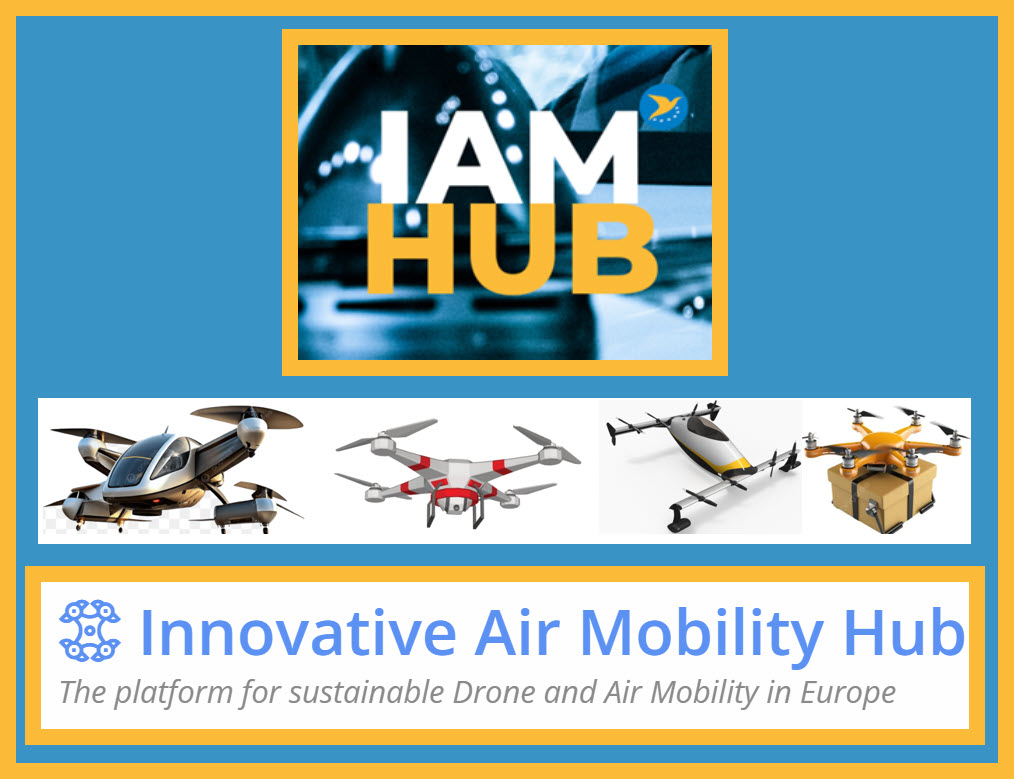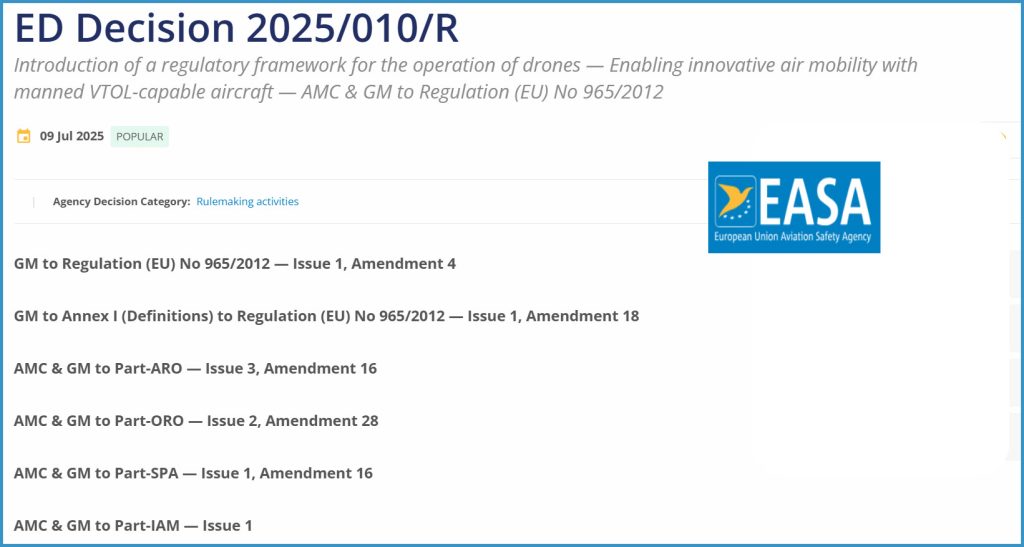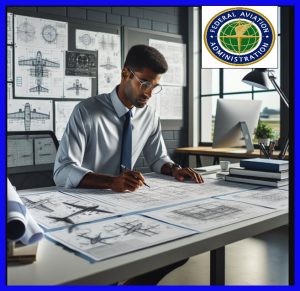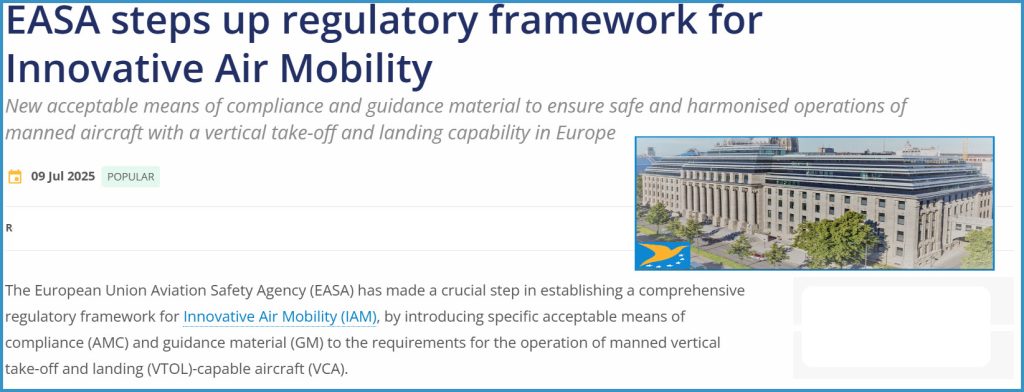EASA’s new specifics for TC, Ops and ATC -the path to Innovative Air Mobility* is clearer

*IAM = UAS, eVTOL, AAM, UAM
On July 9, 2025, EASA released a sweeping regulatory framework, a comprehensive yet long document defining in some specificity its Innovative Air Mobility (IAM) — including manned VTOL-capable aircraft (VCA) like eVTOL air taxis. {see below AIN article}.
This post is divided into two parts. Section one is a summary of the new EASA IAM rules; the second section is a higher level comparison of the European and the American approaches.
SECTION ONE
- New Operational Rules
- Introduces Annex IX (Part-IAM) to Regulation (EU) No 965/2012, tailored for VCA operations.
- Covers pre-flight prep, fuel/energy management, and vertiport availability.
- Flight Crew Licensing
- Adds guidance under Article 4f of Regulation (EU) No 1178/2011 for VCA type ratings.
- Allows experienced airplane/helicopter pilots to earn VCA ratings via bridging courses.
- Air Traffic Integration
- Updates the Standardised European Rules of the Air (SERA) to include electric propulsion and battery energy sources.
- Ensures VCA can safely operate within Europe’s ATM environment.
- Certification & Compliance
- Provides acceptable means of compliance (AMC) and guidance material (GM) for manufacturers, operators, and regulators.
- Supports early adoption of IAM technologies without compromising safety.
SECTION TWO
This is the first proposal from a major certification authority that likely will serve as a model for its peers of its kind to fully regulate piloted eVTOL operations. It positions Europe ahead of the curve, complementing existing rules for drones, vertiports, and unmanned traffic management (U-space).
From the perspective of IAM/AAM/UAM applicants, ED Decision 2025/010/R is a regulatory framework which defines specific and comprehensive documentation. The relevant text is guidance material and requirements for operating manned vertical take-off and landing aircraft. While the ACCEPTABLE MEANS OF COMPLIANCE (AMOC) provided are SPECIFIC, EASA does not preclude filing of a TC that does not easily fit the suggested parameters
The new regulatory material facilitates the implementation of manned VTOL operations and fosters the adoption of the innovative VTOL. It includes operations in ATM, supporting innovation, providing guidance to authorities, manufacturers, and operators, and easing the adoption of AAM and the safe integration of VTOL aircraft into the aviation system.
The new regulatory framework addresses various aviation domains such as:
- Air Operations (Air OPS): The guidance emphasizes preflight preparation, availability of landing sites (vertiports, diversion locations), and fuel/energy management.
- Flight Crew Licensing (FCL): providing guidance on type rating training courses including innovative aircraft designs and referring to various aircraft categories.
- Standardized European Rules of the Air (SERA): The term “fuel/energy” has been introduced to accommodate various energy sources used for aircraft propulsion, including electrical energy stored in batteries etc.
Conversely the FAA takes a performance-based approach to EVTOL operations.
The FAA issued an 880-page powered-lift rule as a “special federal aviation regulation” (SFAR) that gives the FAA flexibility to “tweak” its oversight and requirements as regulators learn more about eVTOL operating limitations. The FAA will define each eVTOL type’s operating limitations during certification. The SFAR is a “starting point” that sets “a safety floor”. The powered lift “path.” THE FAA WILL LOOK AT EACH VTOL PROJECT INDEPENDENTLY.
What is the preferred approach? The EASA path is more prescriptive in that their rules spell out with greater specificity, i.e. what the applicant/operator must meet; while the FAA is performance based, and the requirements and waivers must be negotiated.
Having a target for a proposed design simplifies the applicant development process; EASA would be easier. The ED recognizes that the innovation in this field may go beyond the AMOC provided and does not see such a variance as a No Go. The FAA’s approach greatly resembles its history with UASs, learning on a case-by-case basis. EXPERIENCE is a critical element to the FAA’s certification process; i.e. with greater data the staff members are more confidant that the design is airworthy. With so many potential innovations likely to be associated with these TC applicants, the FAA approach is trying to be broad enough to encourage new things.
The FAA is likely to face some new challenges; what they decide may serve as a precedent for another applicant. JDA has a team of consultants who are aware of what new avenues may be available for a specific UAS, eVTOL, IAM, AAM or UAM.
EASA Issues Innovative Air Mobility Rules Covering eVTOL Aircraft
New means of compliance intended to support operations of new aircraft in Europe.
Germany’s Volocopter has been seeking state and federal loan guarantees for its eVTOL aircraft program.
By Charles Alcock • Managing Editor
July 15, 2025
EASA has published a regulatory framework for innovative air mobility covering uncrewed vehicles and what the European Union (EU) aviation safety regulator defines as piloted vertical takeoff and landing-capable aircraft (VCA). On July 9, the Cologne-based agency issued documents covering ACCEPTABLE MEANS OF COMPLIANCE (AMC) AND GUIDANCE MATERIALS (GM) that it said cover everything VCA manufacturers, operators, and regulators need to bring the new aircraft, including eVTOL air taxis, into service.
The initiative covers amendments to the EU’s core aviation Regulation No. 965/2012, as well as to Annex II (Part-ARO), Annex III (Part ORO), and Annex V (Part SPA)—respectively covering requirements for national aviation authorities, organizations, and operations requiring special approval. EASA has also introduced a new Annex IX (Part IAM) that specifically covers VCA operations. It said the guidance includes pre-flight preparation, fuel/energy management, and the availability of landing sites, including vertiports.
EASA’s new documentation also covers flight crew licensing with new AMC terms covered by Article 4f of EU Regulation No. 1178/2011. This includes guidance for the type ratings required for VCA pilots, including what the agency described as “adaptations for innovative aircraft designs and a broader approach to theoretical knowledge by referring to various aircraft categories.”
The European regulator has amended the Standardised European Rules of the Air (SERA) document to include the term fuel/energy. This covers new energy sources for aircraft propulsion, including electrical energy stored in batteries, as well as further guidance to accommodate VCA operations in Europe’s ir traffic management environment.
New VTOL aircraft were included in EASA’s 2025 European Plan for Aviation Safety, which was published in February.




